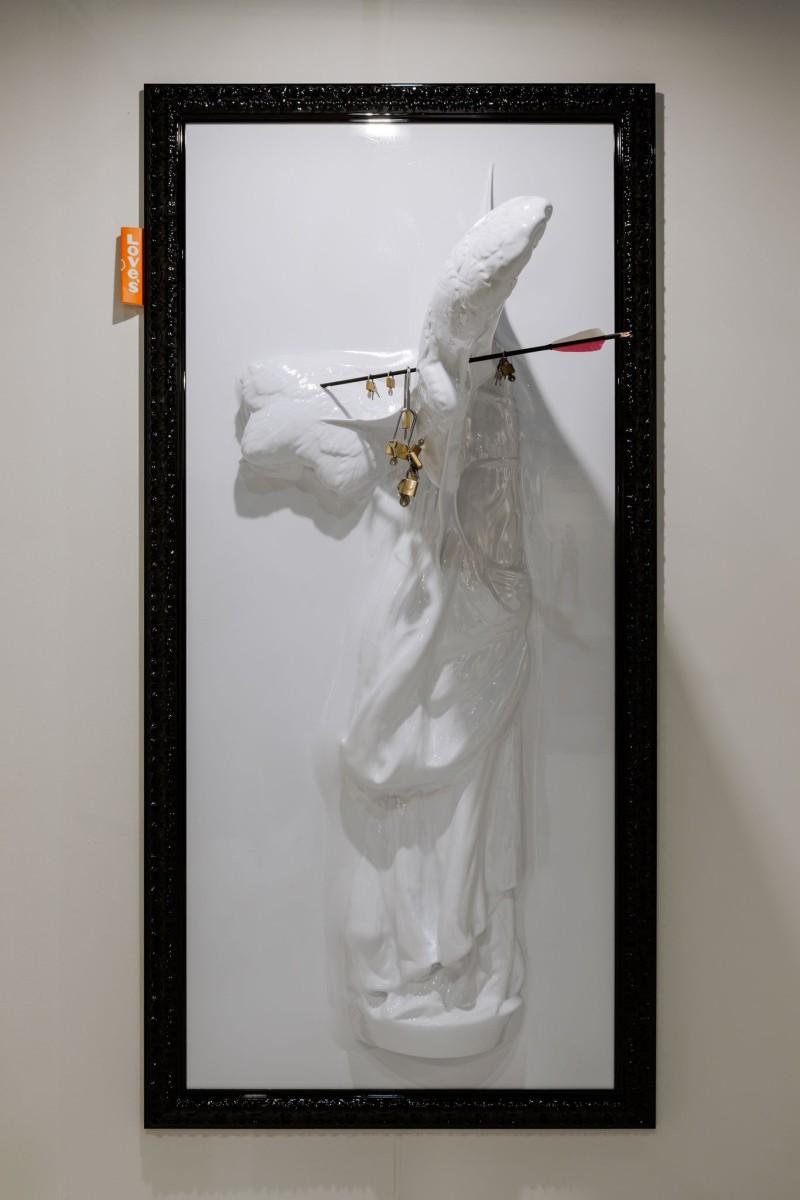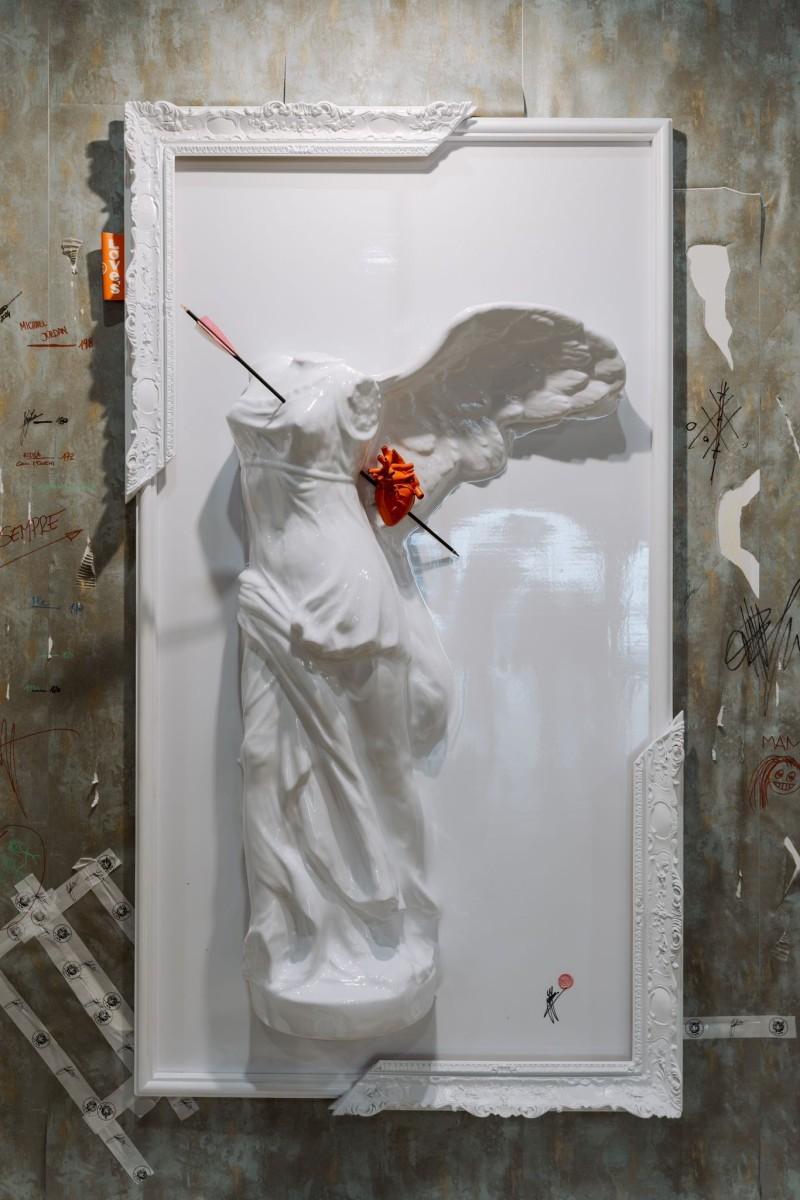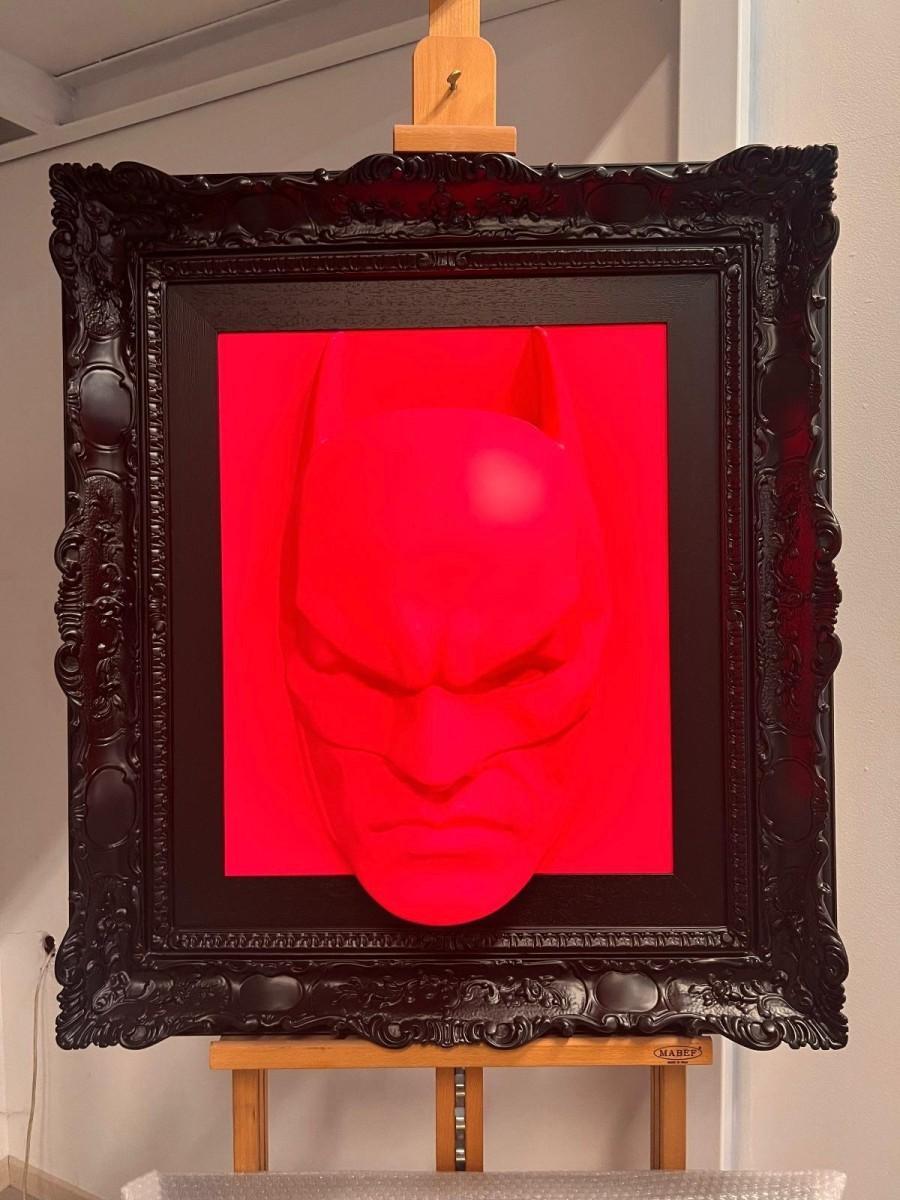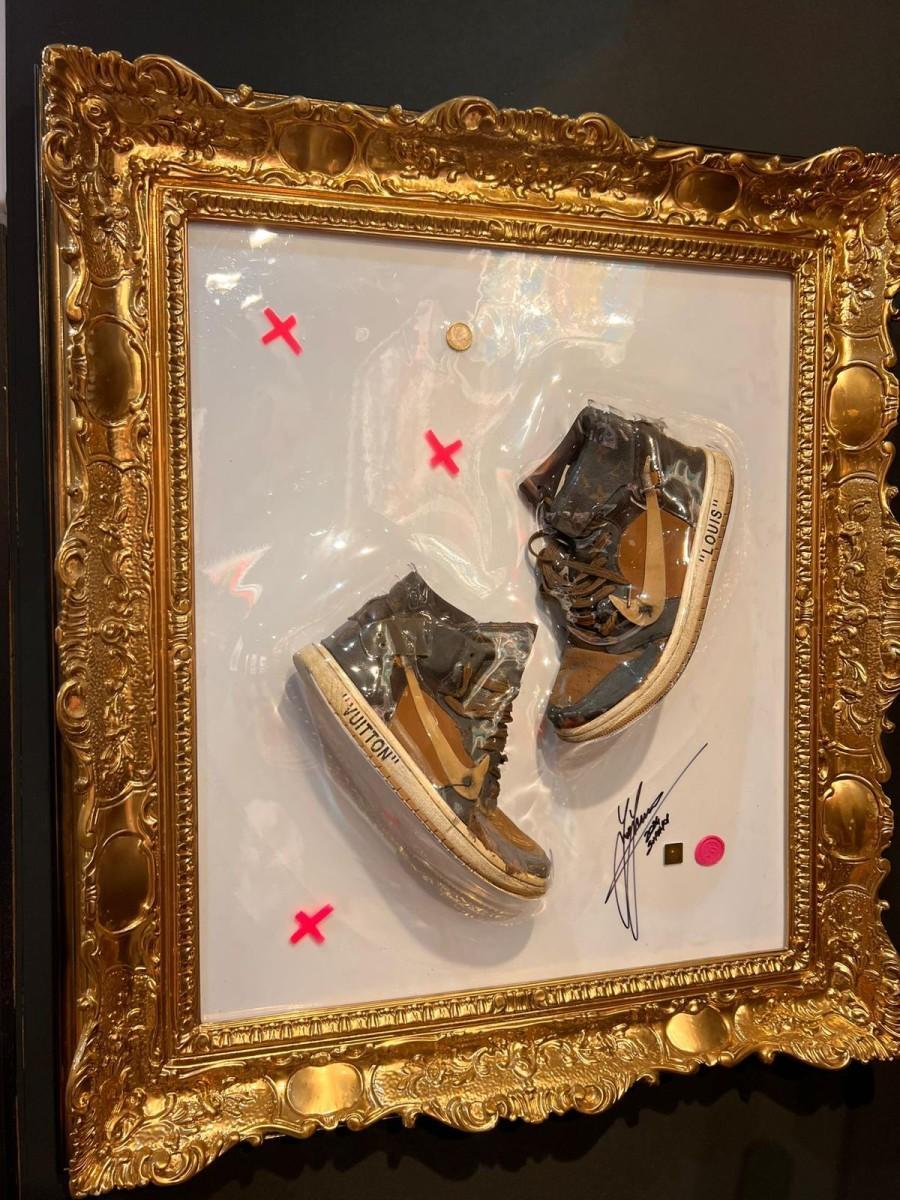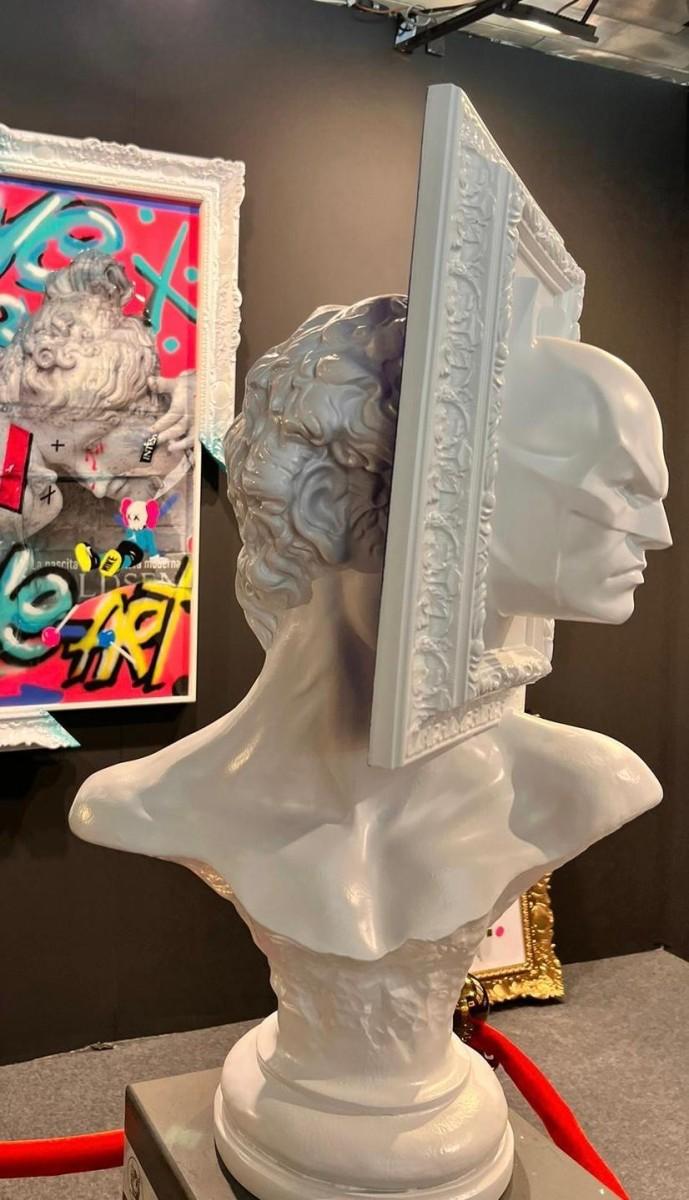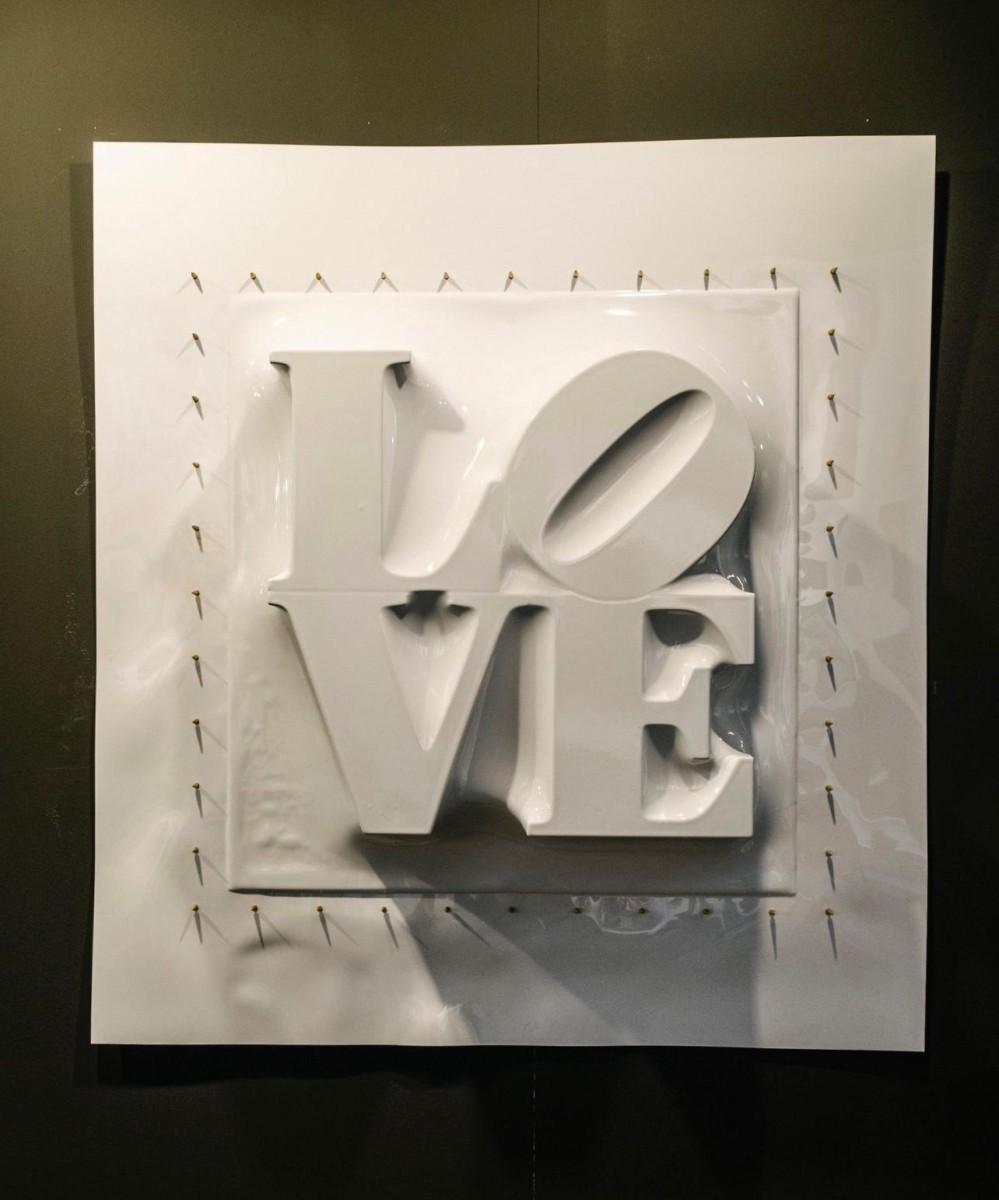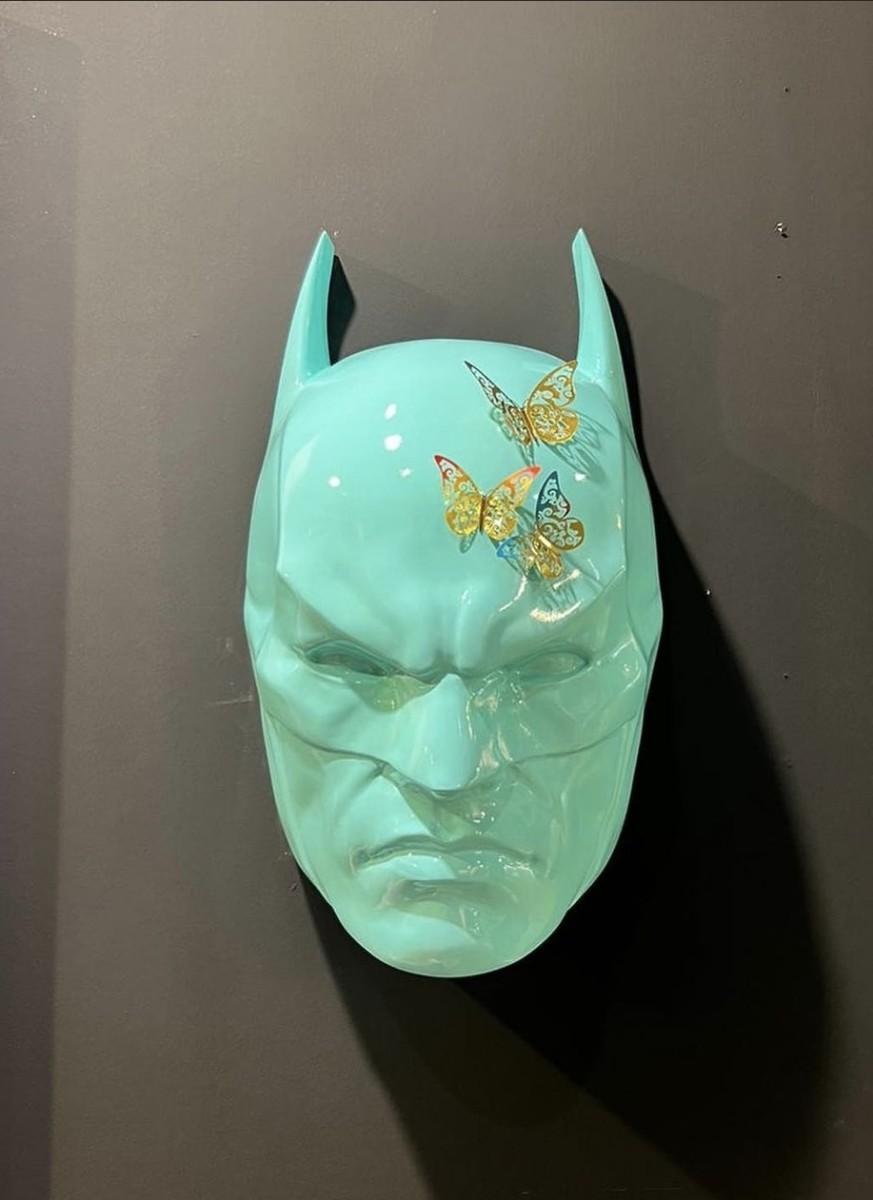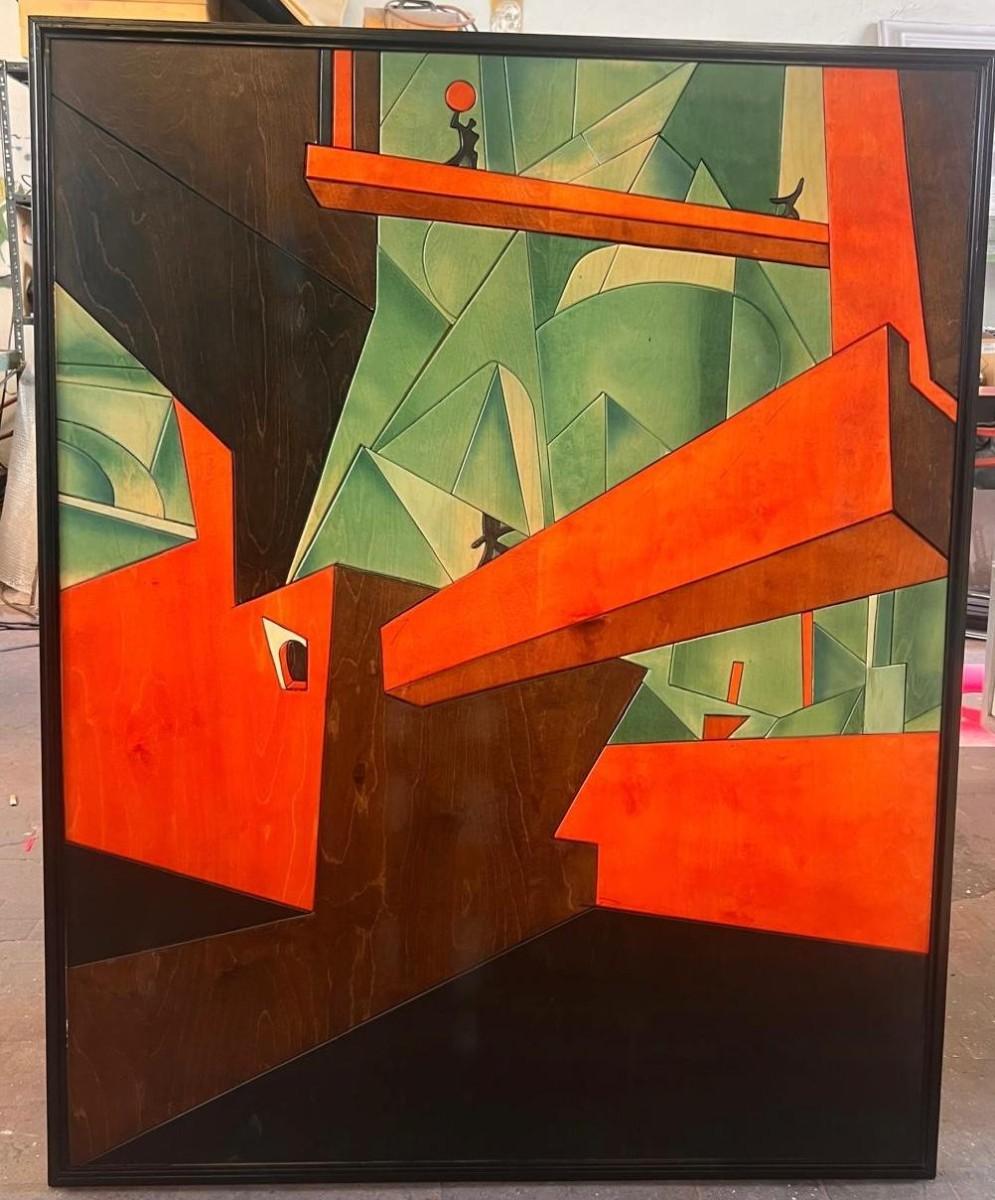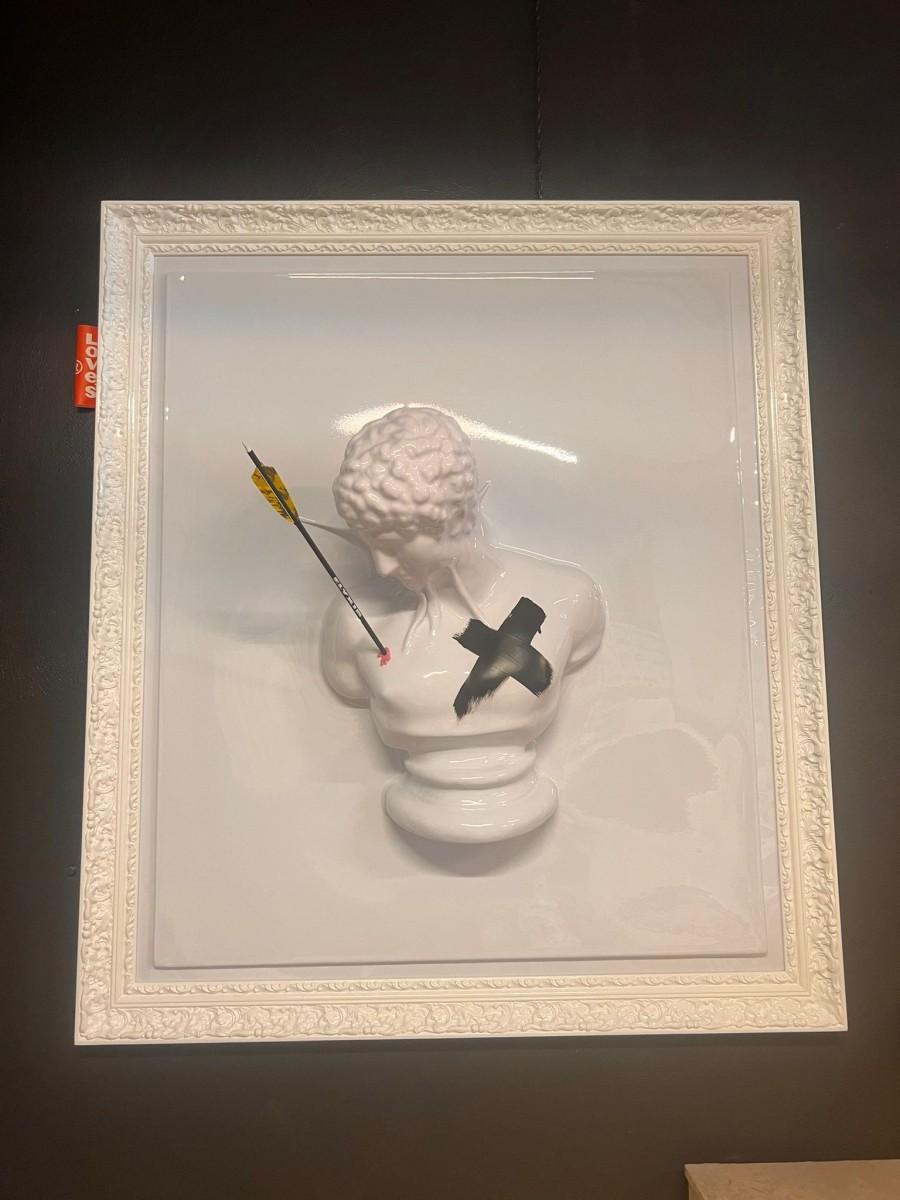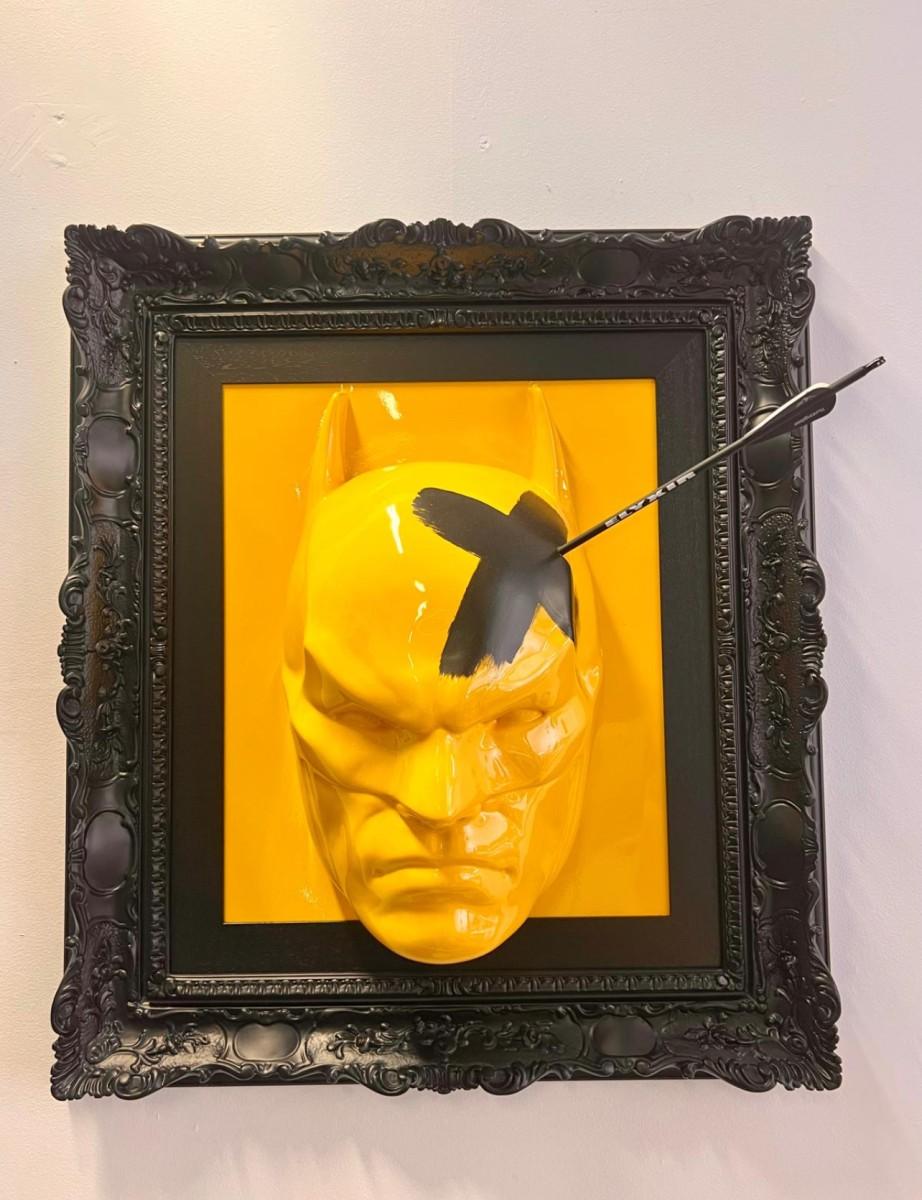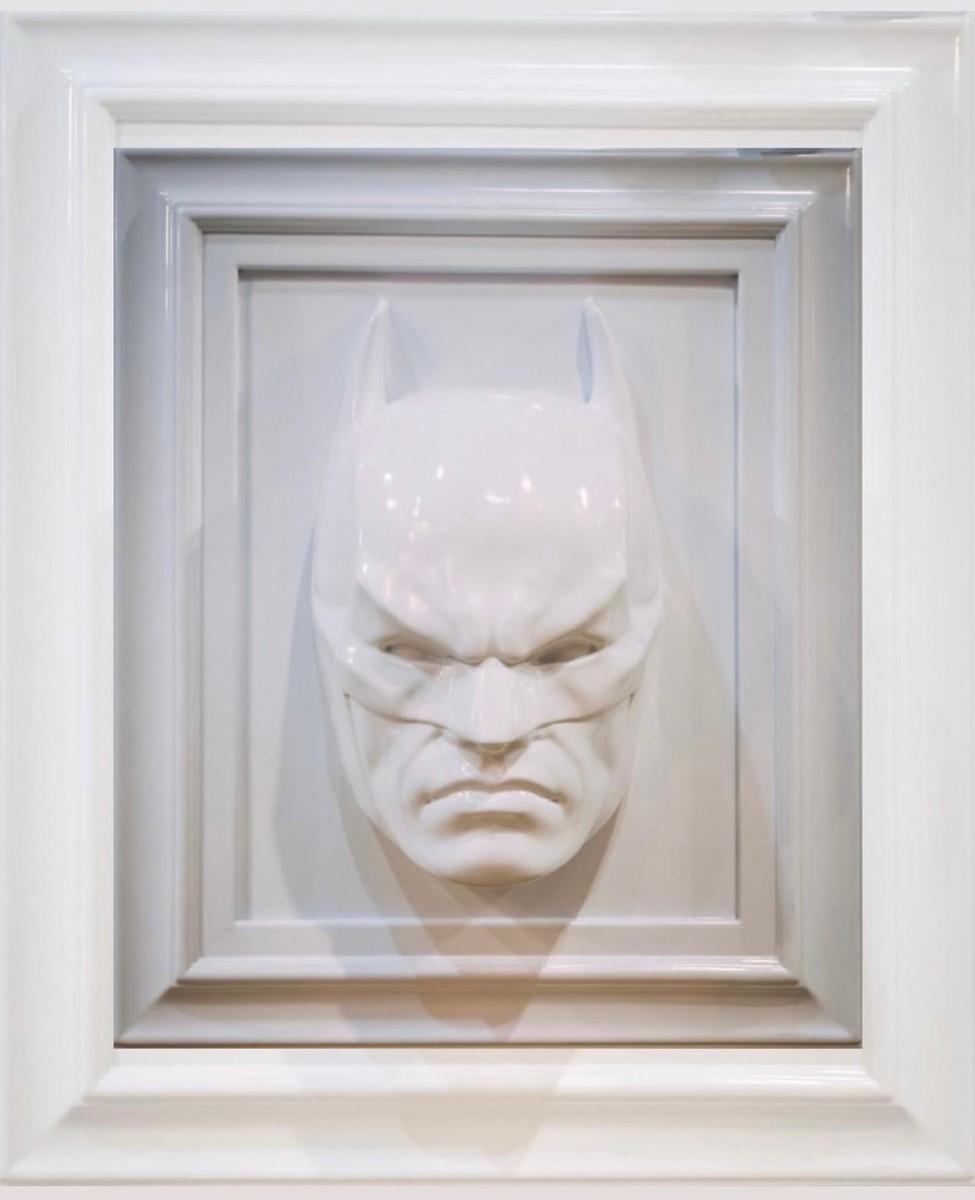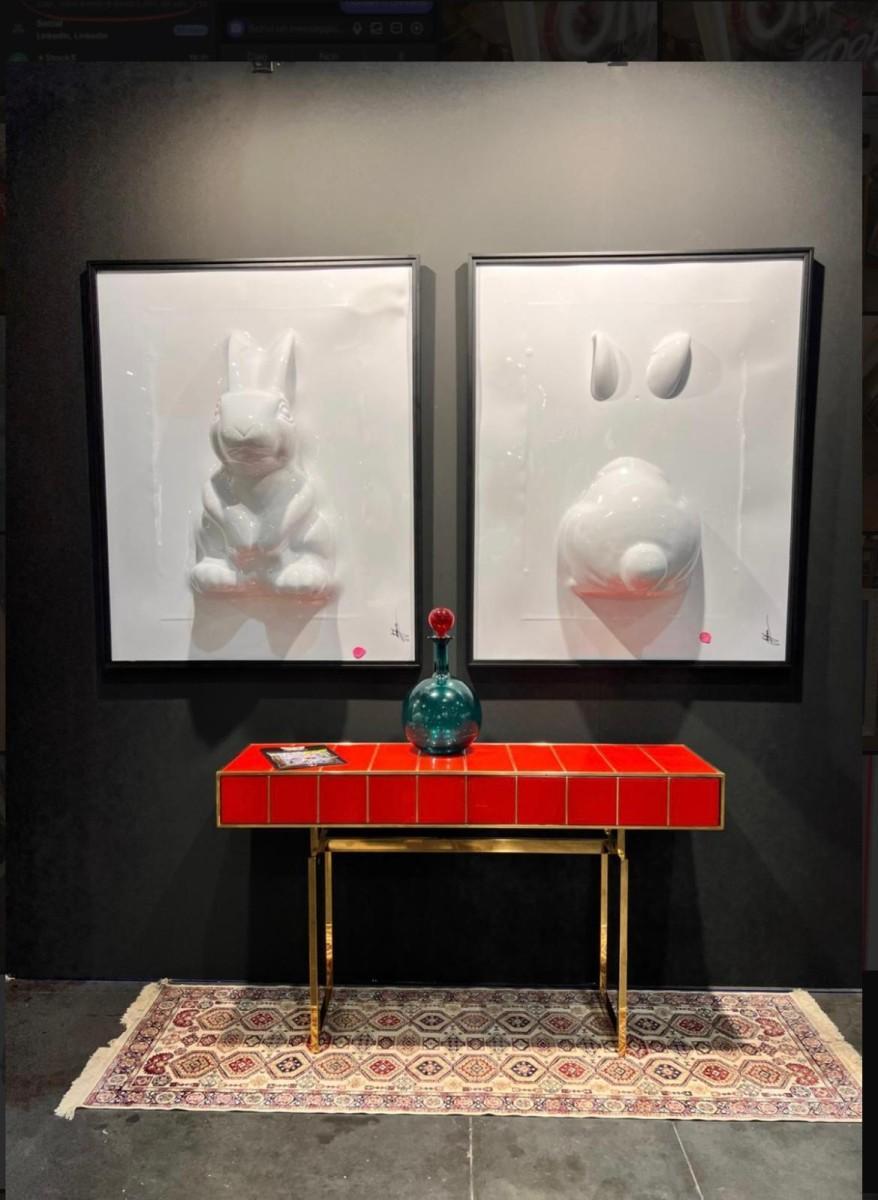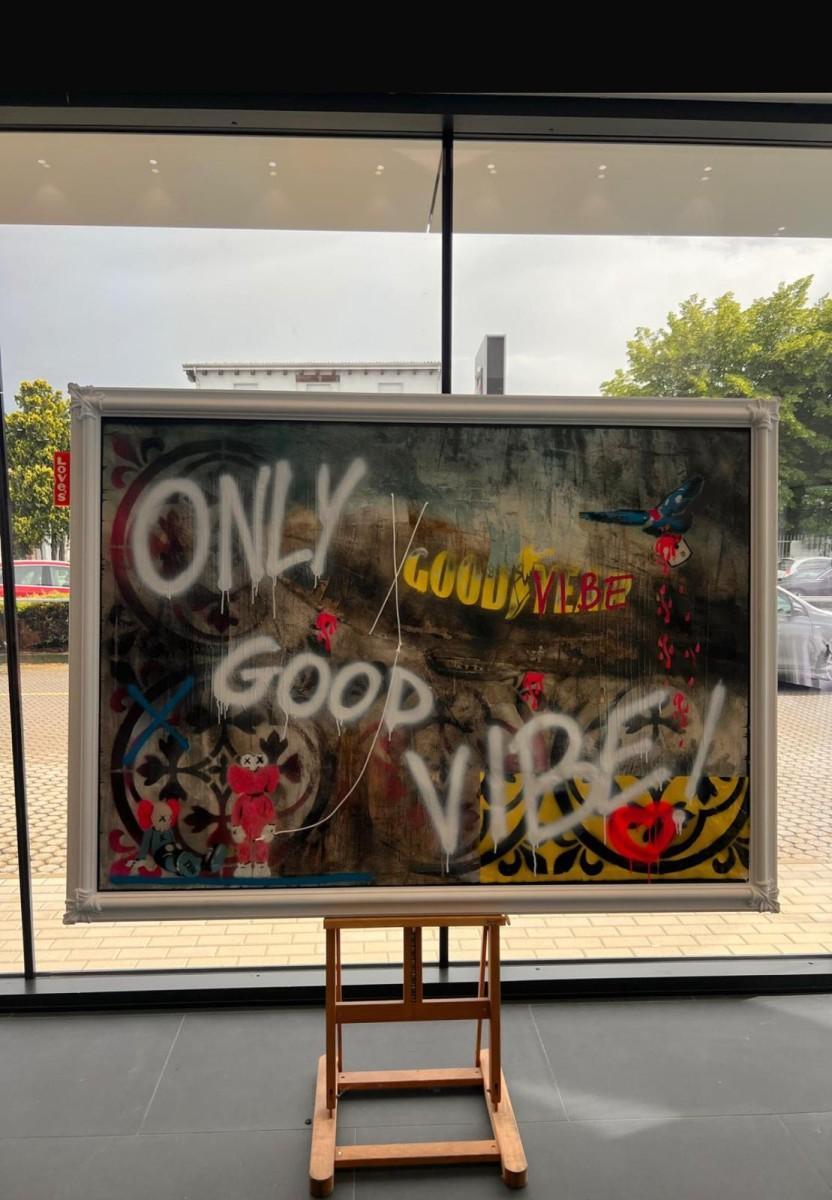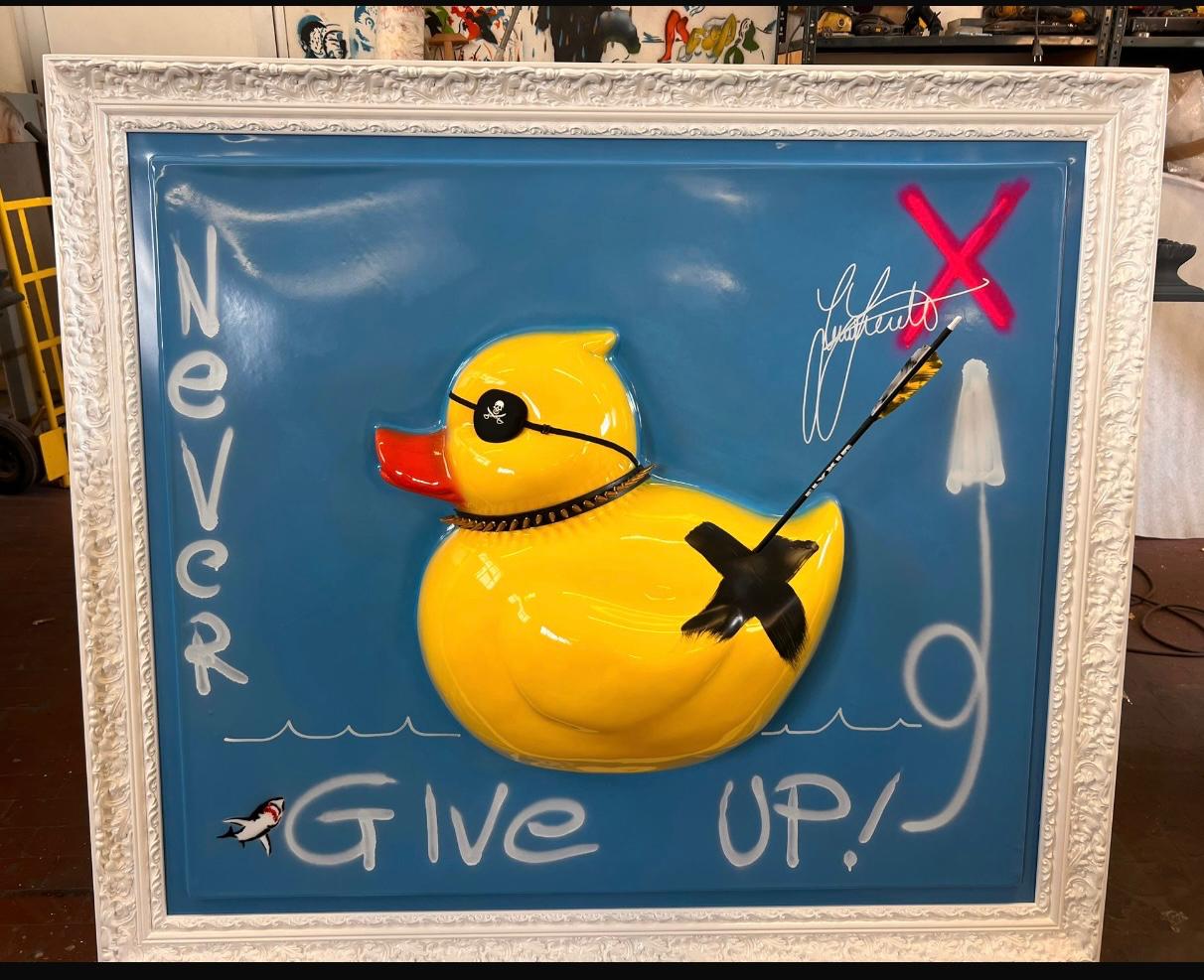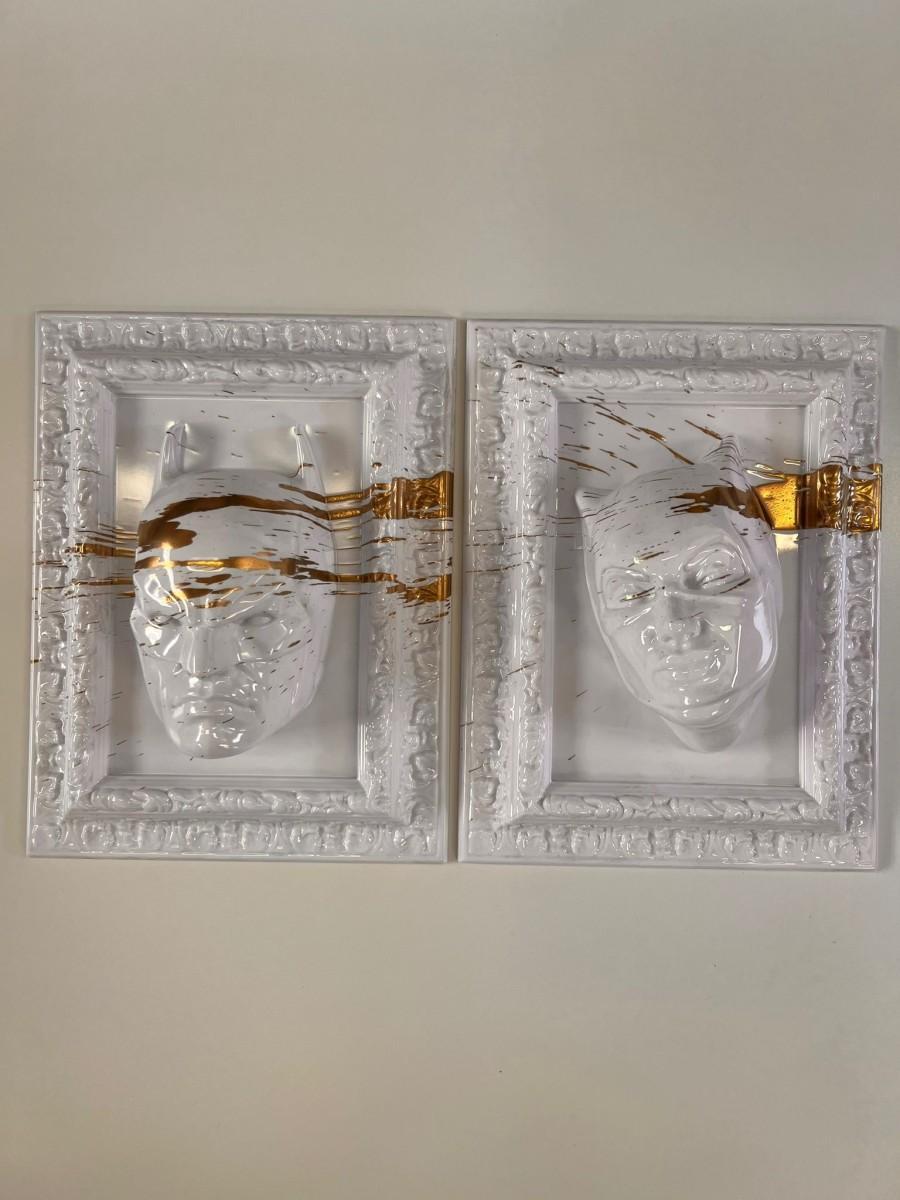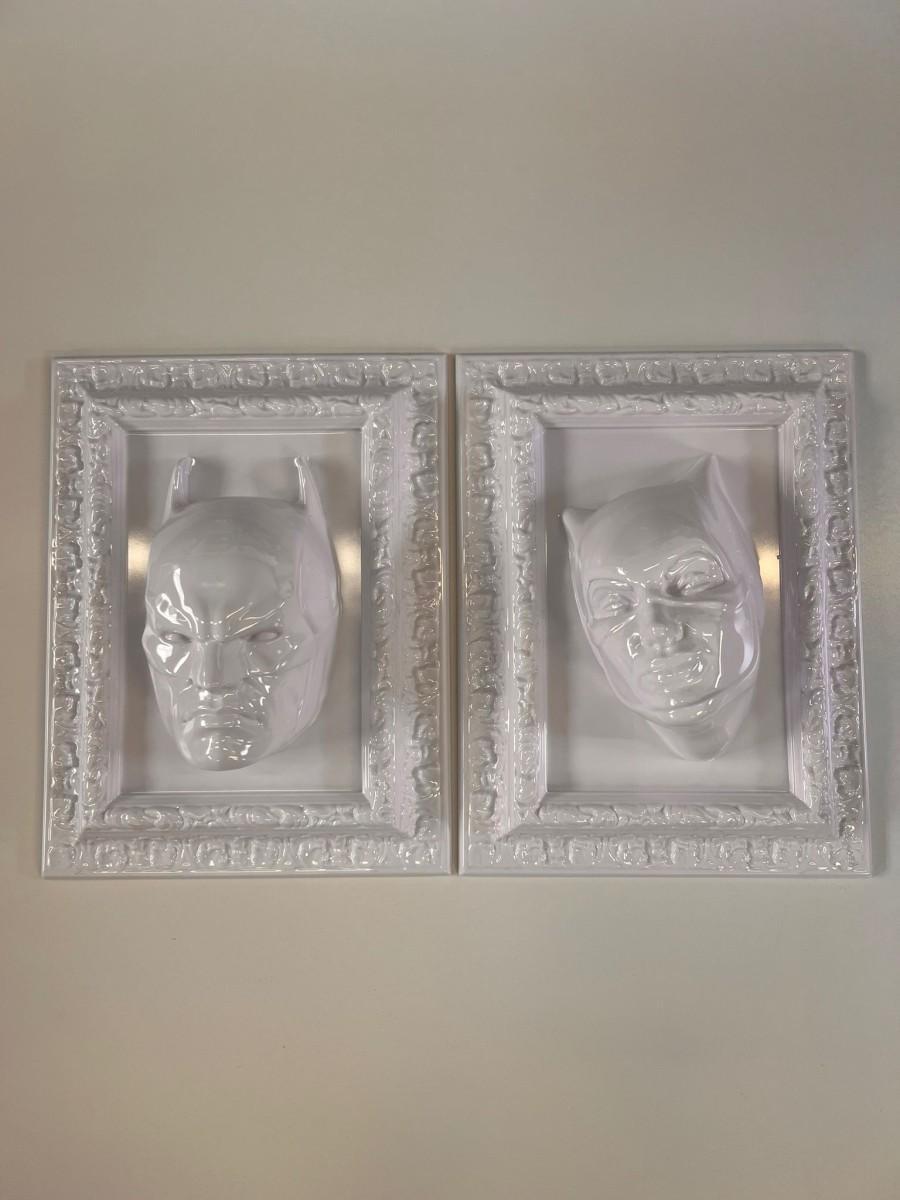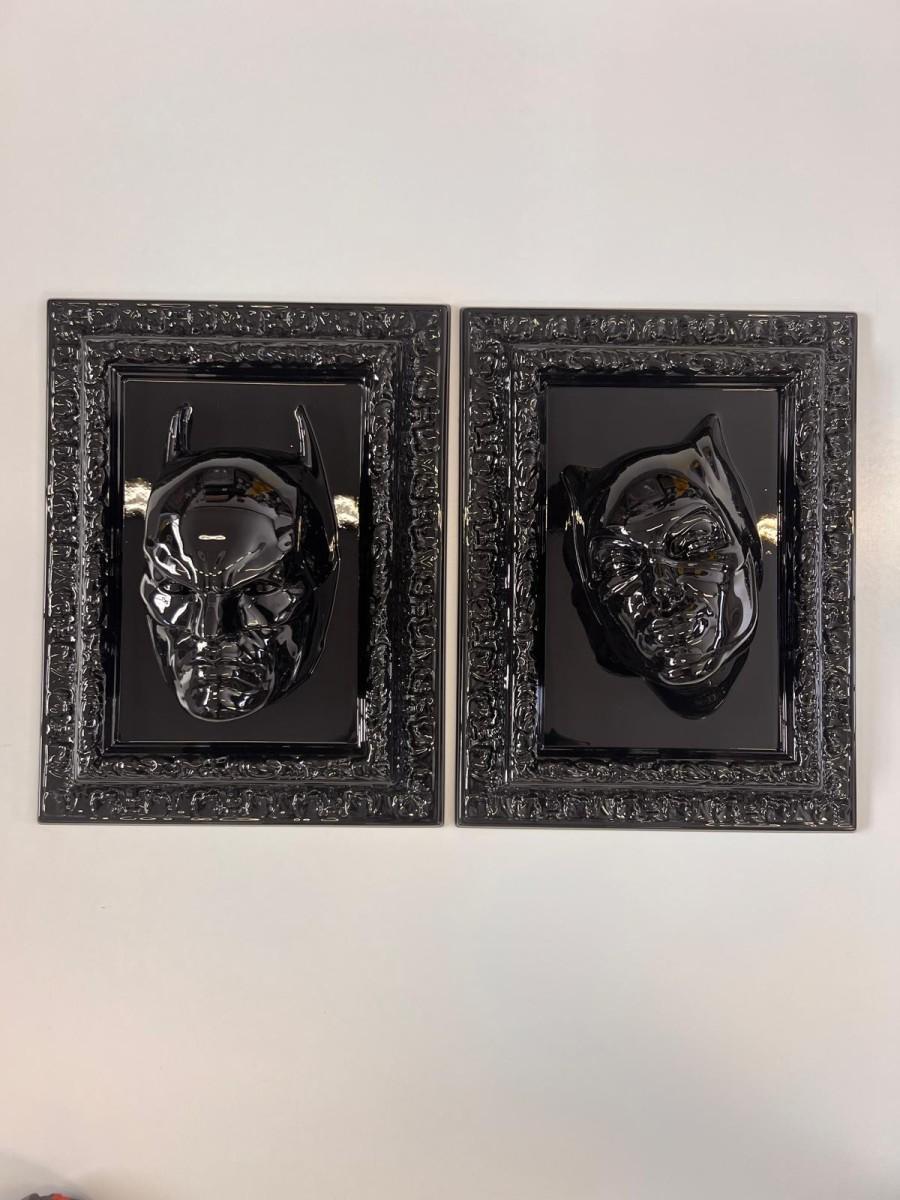About the artist
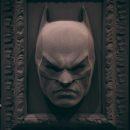
Ivano Facchetti
Follow on
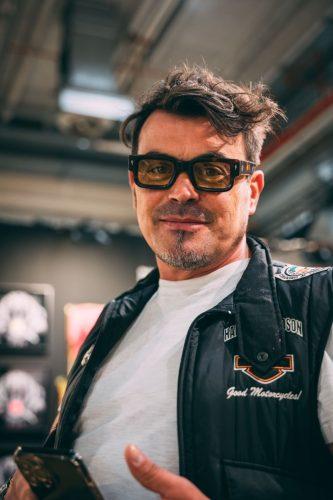
Ivano Facchetti, an Italian artist born in 1974, is recognized in the art world as the Master of Super Pop,
known by the nickname “The Caravaggio.” Endowed with extraordinary talent, he has used his numerous
artistic skills to transform a life marked by a tumultuous past through his profound relationship with art.
Facchetti’s works can be admired in various art galleries, where his distinctive three-dimensional figures
and experimental painting, influenced by Pop Art, immediately capture the viewers’ attention.
Currently acknowledged as a leading figure in his artistic field, Facchetti disrupts the interpretation of
reality, reinterpreting, digesting, and redefining it according to aesthetic canons with a Pop flavor, but with
an added touch—something that bursts forth with new strength and scope, thus more accurately termed
SuperPop. Super in a Pop context involves reclaiming the lexicon of contemporary reality borrowed from
the collective imagination of consumer culture, such as Coca-Cola or Formula 1 wheels, but Facchetti also
incorporates elements from cinema and comics. Here is the Pop sentiment that shakes art, processes
portions of life, becomes life itself, and bursts into everyday existence to capture its lexicon. What does it
mean to elevate the materiality of everyday objects almost to the pinnacle of art? It involves a
simultaneous exercise in material and material shaping, transforming the semantics of the object into
another meaning and isolating it from its use—this is the daily sermon of art! What kind of language is this?
It is an expressive form that reinterprets the object through a creative subject, the artist, and makes it the
architect of an ontological reconstruction of the same object, which, from a daily fact, becomes
qualitatively different from itself and quantitatively ceases serial production to celebrate the rediscovered
uniqueness of non-formal aesthetic taste over market repetitiveness.
What does Facchetti do with the same object? He transforms it into art. What is art if not producing,
through expressive means, gesture, creative intervention, and the artist’s productive act, an added value of
meaning to reality? Thus, if reality is the tangibility of what is, Facchetti makes it even more tangible in the
nuances of the overall construction of the signified data, the meaning of reality itself, which is threatened,
overshadowed by the emptying of the collective self, and identifies towards an anti-identitarian formation
typical of commercial and mass society. The ontological construct of the works is openly the rebirth of the
object’s value that avoids its own alienation, defining the contemporary alienation of the product from the
producer. In Facchetti’s hands, the object acquires new life—material, semantic, emotional, and
sentimental—through its own creative energy, typical of an artisanal recovery of that same object.
Recovery, transformation into something other than itself, justifies its semantic existence; the act of
bringing the already given to the new as an exercise in meaning! What is meaning if not placing a sign? So
he places a sign; signifying is precisely this, and he becomes a builder of dialectics between the meaning
and the content of that meaning, which emerges into a new expressive life by laying the foundations of
every hermeneutic work on real data.
